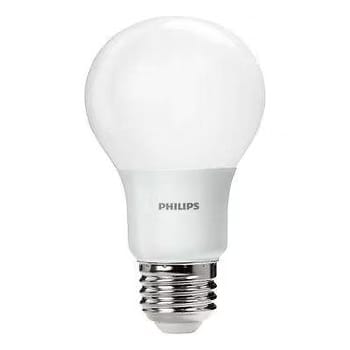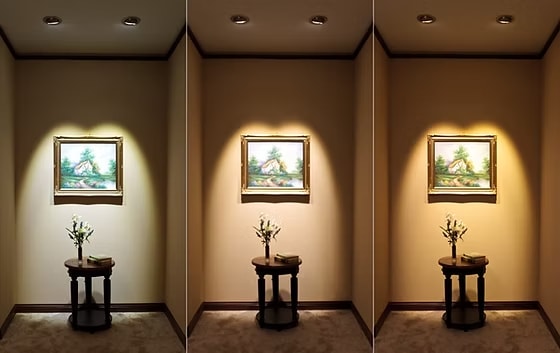Our world is one that lives and breathes on the newest “fads” and electric; specifically, light bulbs; are no exception to this rule. Once upon a time, you used to be able to go into a Doc’s Drugs (or similar drugstore in your area) and pay your bill and receive a 60-watt Incandescent light bulb in return. At this point, no matter how often you changed your light bulbs, they were always the same.

Then, almost overnight, CFL’s became popular. CFL’s seemed brighter, they came in different “hues.” As a regular Incandescent bulb burned out, a CFL was used to replace it. Then it was discovered that CFL bulbs are almost impossible to throw out/recycle.

At about the same time, it was discovered that LED light bulbs had longer life and were far more energy efficient. So now, as those old Incandescent or CFL’s were burning out they were being replaced with LED bulbs.


There are 6 main types of LED light bulbs along the color range (there is a large color temperature range but the following 6 are the most commonly found and used.)
Warm White – 2700k
Mood Application: Personal, Friendly, Romantic
Best Used: Homes, Libraries, Restaurants
Soft White – 3000k
Mood Application: Soft, Warm, Pleasurable Light
Best Used: Homes, Hotel Rooms, Lobbies, Restaurants, Retail Stores
Neutral – 3500k
Mood Application: Friendly, Non- threatening
Best Used: Executive Offices, Public Reception Areas, Supermarkets
Cool – 4100k
Mood Application: Neat, Clean, Efficient
Best Used: Offices, Classrooms, Mass Merchandisers
Soft Daylight – 5000k
Mood Application: Bright, Alert
Best Used: Graphics, Industry, Hospitals
Daylight – 6500k
Mood Application: Bright, Cool
Best Used: Jewelry Stores, Beauty Salons, Galleries, Museums
No matter which direction you choose to head in when it comes to color temperature it is crucial to remember that all light bulbs within the same area should match. Varying color temperature reflect varying colors of light bulbs. A Daylight bulb, for example, will appear quite blue while a soft white will appear a more yellow/orangish hue. Consistency is key when it comes to maintenance of lighting within your home or business.
For more information of for a light consultation contact us today at (630)546-9944 so that we may help you with all of your lighting maintenance needs.

